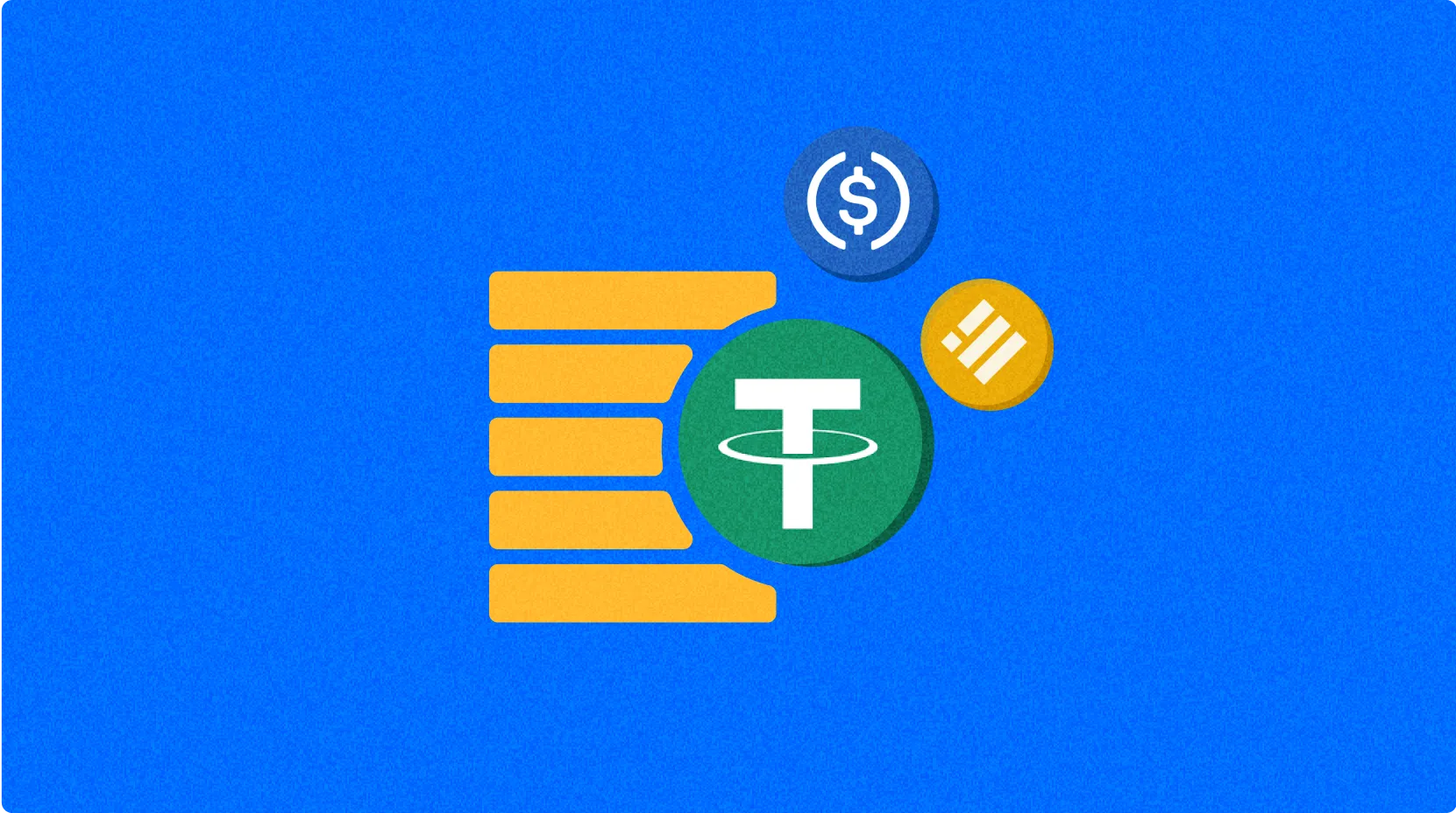ethereum mining rig

Ethereum mining rigs are specialized computer systems designed specifically for mining Ethereum cryptocurrency by solving complex mathematical problems to validate network transactions and earn block rewards. These devices played a critical role during Ethereum's use of the Proof of Work (PoW) mechanism until its transition to Proof of Stake (PoS) in September 2022. The hardware configuration typically includes multiple high-performance graphics cards, robust power supply units, motherboards, processors, memory, and cooling systems, forming dedicated equipment capable of efficiently processing Ethereum's mining algorithm (Ethash).
Background: What is the origin of Ethereum mining rig?
The development of Ethereum mining rigs is closely tied to the birth of the Ethereum network. Since the Ethereum mainnet launched in 2015, mining rigs have evolved through several major developmental phases:
- Early Phase (2015-2017): Initial miners primarily used CPUs and single GPUs in standard computers, with relatively simple setups.
- GPU Mining Boom (2017-2019): As Ethereum prices rose and mining difficulty increased, multi-GPU rigs became popular, with 6-12 graphics card setups becoming the standard configuration.
- ASIC Resistance Period (2018-2020): The Ethereum community worked to maintain ASIC resistance, allowing GPU mining to remain competitive, which led to graphics card rigs maintaining dominance.
- Final Boom Period (2020-2022): High transaction fees from DeFi and NFT market explosions dramatically increased mining profits, leading to further specialization and optimization of mining rig configurations.
- PoS Transition Period (September 2022): The Ethereum Merge upgrade completed, transitioning the network to PoS and rendering traditional mining equipment obsolete for Ethereum.
Work Mechanism: How does Ethereum mining rig work?
The working principle of Ethereum mining rigs under the PoW consensus mechanism:
-
Hash Calculation Process:
- Mining rigs obtain the latest block header information and pending transactions from the network
- Computation units (primarily GPUs) run the Ethash algorithm, attempting different nonce values
- The goal is to find a nonce that produces a hash value below a specific difficulty threshold
- Once a valid solution is found, miners receive block rewards and transaction fees
-
Hardware Collaboration Mechanism:
- GPUs handle the main computational tasks, utilizing their parallel computing architecture to efficiently process the Ethash algorithm
- CPUs manage basic system operations and mining software execution, without direct involvement in hash calculations
- System memory stores the DAG file (Directed Acyclic Graph), a key component of the Ethash algorithm
- Power systems provide stable and reliable electricity, essential for continuous mining operations
- Cooling systems maintain devices within optimal temperature ranges, improving equipment lifespan and mining efficiency
-
Mining Software Layer:
- Specialized software (like Claymore, PhoenixMiner, T-Rex) coordinates hardware resources
- Software implements connection to mining pools, receiving tasks and submitting valid solutions
- Provides real-time monitoring capabilities, tracking hashrate, temperature, power consumption, and other key metrics
- Supports overclocking and power adjustment features to optimize performance-to-energy ratio
Future Outlook: What's next for Ethereum mining rig?
After Ethereum's shift to PoS, traditional mining rigs face significant transformation:
-
Hardware Resource Reallocation:
- Many GPU mining rigs have pivoted to other PoW cryptocurrencies (like Ravencoin, Ethereum Classic)
- High-performance graphics cards are returning to gaming and professional graphics markets, partially alleviating previous supply constraints
- Mining rig components are being reconfigured for AI training, rendering farms, and distributed computing projects
-
Technical Development Path:
- New generation of energy-efficient computing devices optimized for alternative mining algorithms
- Rise of hybrid-purpose hardware capable of flexibly switching between different computational tasks based on market conditions
- Development of sustainable mining solutions, including renewable energy utilization and waste heat recovery systems
-
Market Dynamics Prediction:
- Second-hand mining rig market experiences price fluctuations, gradually stabilizing as new application scenarios emerge
- Professional mining rig manufacturers diversify product lines to adapt to post-PoW market demands
- Blockchain infrastructure service providers pivot to supporting validator nodes and other PoS network facilities
Although Ethereum no longer requires traditional mining, the technological legacy of these specialized computing devices continues to play roles in other blockchain networks and emerging computational fields, demonstrating how crypto economics drives computing hardware innovation and evolution.
Share
Related Articles

What Is Ethereum 2.0? Understanding The Merge

Reflections on Ethereum Governance Following the 3074 Saga
